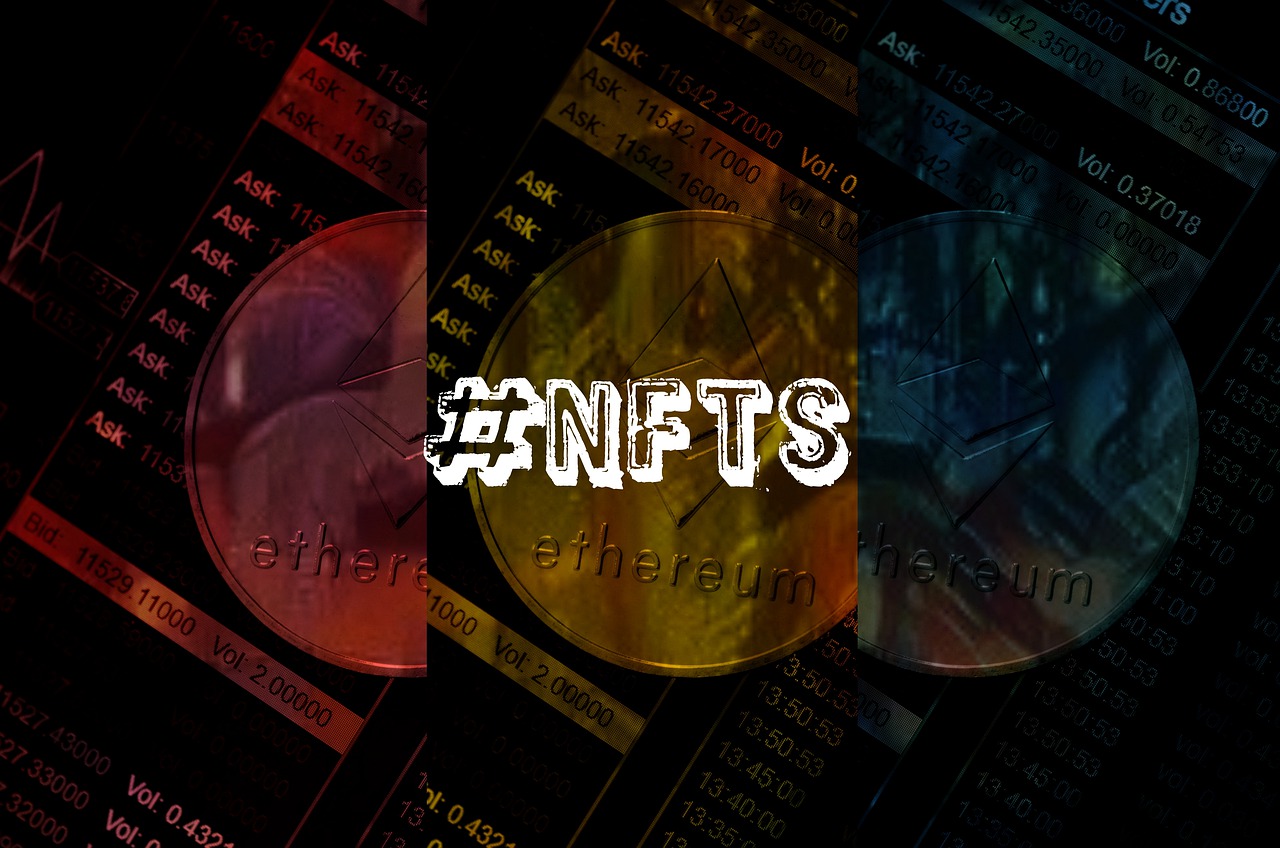How does collecting NFTs Meet Crypto?
About NFT
A new generation of innovative blockchain technology has been enhanced. Non-Fungible Tokens (NFTs), are making their way into the worlds of digital art, collectibles, and sometimes even indulgence products. With one digital content artwork selling for $69 million and a depiction of the source code for the internet marketing for $5 million, traditional auction houses have already begun using the new technology.
NFTs are virtual tokens that may be used to signify ownership of identifiable digital assets. That is stored on the Ethereum blockchain.
As the name indicates, NFTs are non-interchangeable with other goods. Due to their unique qualities. Which is analogous to the ownership of a vehicle that has a unique Vehicle Identification Number. In order for a digital asset to be “tokenized” into an NFT, it must first be “minted” on the Ethereum blockchain. It requires running a piece of code (a Smart Contract) to assign ownership and control transferability of the asset. Due to the success and widespread interest in NFT. There are numerous additional blockchains currently incorporating the technology. One of the most essential characteristics of blockchains is that the record of ownership can never be changed. As a result, an NFT offers a verifiable and dependable claim of ownership over the tokenized digital asset that’s traded on the exchange.
About crypto: Ethereum
A blockchain platform, Ethereum has its own crypto currency. Which is Ether (ETH), often known as the “Ethereum token,” And it’s programming language, known as Solidity.
Ethereum, as a blockchain network, serves as a decentralized public ledger to validate. And it also records transactional information. Users of the network may build, publish, monetize, and utilize apps on the platform. They can make payments using the Crypto network (Ether). Insiders refer to the decentralized apps that run on the web.
As a cryptocurrency, Ethereum is only the second crypto behind Bitcoin. In terms of market capitalization as of May 2021. In contrast to owning the underlying digital asset, holding an NFT is not equivalent to having the underlying digital asset.
NFT purchasers should be aware that, although ownership of the genuine digital asset is established. And it’s done by possession of the NFT. The ownership of the digital asset itself may be accessed, downloaded, and enjoyed by anyone. For example, artwork sold by Christie’s is accessible online. In reality, Christie’s terms and conditions of sale state unequivocally.
The purchase of lot does not confer any rights, explicit or implied, in or to the digital asset. Which underpins the NFT. This includes, no limitation, any copyrights or other intellectual property rights about such investment.
Comparing it to the actual art world, possessing an NFT is similar to owning a unique print of a piece of art signed by the artist. In contrast, several other persons may concurrently hold identical unsigned reproductions of the same amount of art. As will be there below, the artist maintains ownership of the underlying work.
In the case of an NFTS, the underlying copyrights in the digital work or crypto are not transferred.
For the copyright to be transferred to the purchaser. The copyright owner of the digit asset must submit an explicit formal assignment to the purchaser. This must be before the proceeding of the sale. Such an assignment might be there with an option in the Smart Contract used to mint the NFT. Although this has not always been the case in the past. The purchaser will be required to do due diligence to verify that the contract has the necessary copyright protection. If the copyright protections are desired.
For the same reasons as previously stated, the transfer of rights may also be clarified by the terms and conditions of sale of the auction house. Which are independent of the contract attached to the NFT and maybe more specific. If someone lists the rights that a purchaser does not receive. Then you do not have the right to distribute or otherwise market the digital asset or to represent or suggest any form of sponsorship, endorsement, connection, or other association with the seller and the creator of the digital asset without the prior consent of the seller that has such rights.
Buyers of NFTs should be aware that exhibiting, copying or minting crypto may constitute copyright violation.
It is possible that the digital assets are available characters of NFTs. which would result in an unintended infringement of the digital works. Underlying copyright when a digital work is accessed through the link specified in the NFT transaction. Which is open to inspection on the Ethereum blockchain by anyone. NFTs are printed, displayed in digital frames, or shared on online forums with relative ease. As they can with any other online image. A work is infringed upon when an act is performed on it that only the copyright owner has the authority to do unless such activities are allowed or come within the scope of a fair dealing exemption. In addition, people may imagine that a digital work that they own (but did not create) may be minted and sold as an NFT.
However, doing so would very certainly constitute a copyright infringement since they would be distributing the work and making it available to the public without first obtaining permission to do so.
Conclusion
NFTs are establishing a new market for artists and collectors to sell their digital goods. In a way that makes unsigned versions of the materials accessible to the general public. The parties involved in the sale or acquisition of NFTs, should make sure that they understand the ramifications of the transaction for copyright rights. In addition, any member of the public wishing to make any practical use of an NFT picture (e.g., sell, distribute, or preserve copies) should get competent legal counsel to ensure that any copyright concerns are handled.

